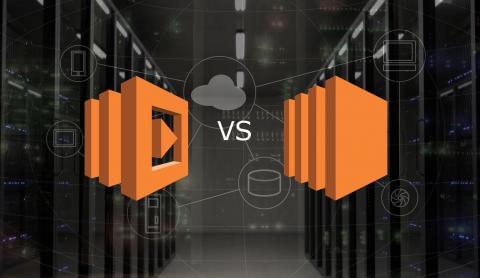8 ways to speed up serverless development
There is a paradox at the heart of serverless. While it’s promoted as a very agile way to develop, a way to push your product as fast as possible to your customers, many development teams find it really difficult to work fast. Why does this happen and can we solve the issue? Let’s start with what makes serverless such a powerful paradigm. Serverless rests on three legs, each of which contributes to the agility that serverless is known for.










